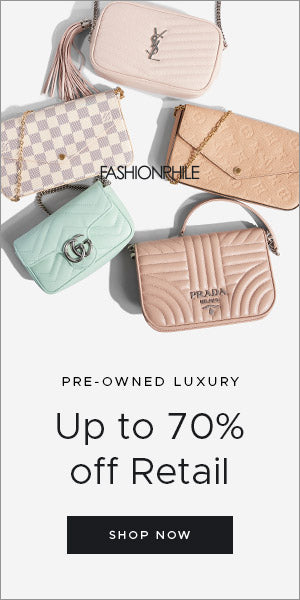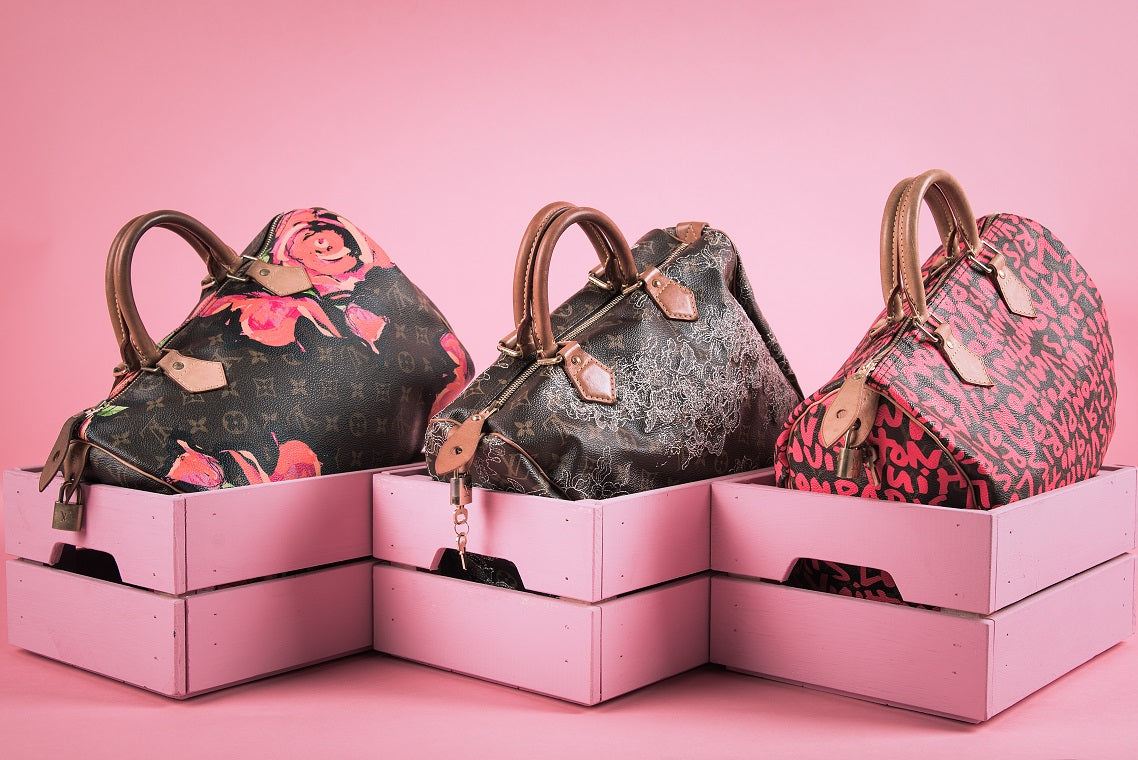
When it comes to luxurious leather goods, nubuck is a term that often pops up. Nubuck leather is renowned for its velvety texture, softness, and luxurious appearance. While a lot of people might be familiar with other types of leather, such as full-grain or top-grain, nubuck leather remains a bit of a mystery.
In this article, we will delve into the world of nubuck leather, exploring its characteristics, production process, uses, differences to suede, and care. By the end of this article, you will have a comprehensive understanding of nubuck leather and its distinctive qualities.
NOTE: Our website uses affiliate links. That means that if you use these links to make a purchase, we may earn a commission. That does not incur any additional costs for you as a buyer.
What is Nubuck Leather?

picture from Timberland.com
Nubuck is a type of top-grain leather that undergoes a specific treatment process to achieve its distinctive texture. It is created by sanding or buffing the outer surface of the animal hide, typically cowhide, to produce a soft and fuzzy finish.
If you're struggling with visualizing this type of leather, think about Timberland boots. These are made of nubuck.
This sanding process removes the natural grain pattern, resulting in a consistent, suede-like appearance throughout the leather.
Nubuck originated in the 19th century and was introduced by Swedish artisans. Originally, this material was developed to create luxurious velvet like material for wealthy people. In the past, nubuck was manufactured from the deer or elk skin. These days nubuck is manufactured primarily from calfskin, hence, the velvety touch.
Together with suede, nubuck boomed in the 1990s. Some high-end brands, such as Christian Dior, integrated nubuck to some of their collections in those years.
Difference Between Nubuck and Suede

Nubuck often gets mixed with another type of leather that looks very similar, suede.
While these two types of leather may look similar at first glance, there are distinct differences between the two, including their production methods, characteristics, and best uses.
To explore the difference between nubuck and suede, please refer to the table below.
| Nubuck | Suede | |
| Production process | Created by sanding or buffing the outer surface of top-grain leather, typically cowhide, loses its natural grain pattern | Made by sanding or splitting the inner layer of the hide, known as the split grain, and retains its original pattern. |
| Texture | A more refined and consistent appearance, a smooth and plush feel | A slightly fuzzier appearance compared to nubuck, casual and relaxed |
| Durability | Resistant to wear and tear, retains its strength and structure even with regular use | Softer and more delicate, more susceptible to scuffs, stains, and general damage |
| Uses | Mainly high-quality footwear, bags, wallets, leather accessories | Garments, shoes, accessories |
In conclusion, while nubuck and suede share a similar soft and velvety texture, there are distinct differences between the two. The main difference is their production process.
Nubuck is created by sanding the outer surface of top-grain leather, offering a smooth texture and enhanced durability. Suede, on the other hand, is made by sanding the inner layer of the hide, resulting in a fuzzier texture and a more delicate material.
Whether you prefer the elegance of nubuck or the relaxed appeal of suede, both leathers bring a touch of luxury to a wide range of items in the fashion and accessories industry.
Nubuck Leather Characteristics
Nubuck leather is used in so many ways in fashion for a reason.
Nubuck leather possesses several unique characteristics that set it apart from other types of leather:
- Texture: Nubuck leather has a plush, velvety texture that is exceptionally soft to the touch. It offers a luxurious feel and a unique visual appeal.
- Durability: Despite its delicate appearance, nubuck leather is durable and long-lasting. The sanding process strengthens the leather fibers, making it resistant to wear and tear.
- Breathability: Nubuck leather is highly breathable, allowing air circulation and preventing moisture buildup. This feature makes it comfortable to wear in various climates.
- Absorbency: Nubuck leather has high absorbency, making it prone to staining and water spots. Special care is required to protect and maintain its appearance.
These characteristics are the reason nubuck is so popular in footwear production.
Is Nubuck Leather Waterproof?
While nubuck leather is resistant to water due to its dense fibers, it's not inherently waterproof.
It is still real leather, so it's susceptible to water damage.
However, certain protective treatments and waterproofing sprays can enhance its resistance to water and stains. Regular application of a waterproofing spray specifically designed for nubuck leather can help repel water and prevent damage.
Here is a great waterproofing spray on Amazon designed specifically for nubuck. It's safe to use on footwear and bags. You can't go wrong with this bestseller.

In addition, if you noticed a stain on nubuck leather, Kiwi has a nubuck stain remover, so you might want to check it out.

Popular Fashion Brands That Use Nubuck Leather
There is a variety of fashion brands that regularly incorporate nubuck leather into their best-selling products. Here are some examples that might be familiar to you:
-
Timberland: Timberland is renowned for its iconic waterproof beige nubuck leather boots. The brand's commitment to quality craftsmanship and durability has made their nubuck leather boots a staple in outdoor and casual footwear.

Picture courtesy of timberland.com
-
Clarks: Clarks, a well-known British footwear brand, often utilizes nubuck leather in their shoe collections. Their nubuck shoes offer a combination of style and comfort, making them a popular choice for both men and women.
-
Ralph Lauren: Ralph Lauren, a prominent fashion brand, utilizes nubuck leather in their footwear and accessories. Their nubuck leather items showcase the brand's commitment to timeless style and impeccable craftsmanship.
-
Coach: Coach is a well-known luxury bag brand that incorporates nubuck leather in their handbag and wallet collections. Their nubuck leather products offer a sophisticated and refined aesthetic.
These are just a few examples of popular brands that use nubuck leather in their products. Each brand has its unique approach to incorporating nubuck leather, resulting in a range of stylish and high-quality options.
Nubuck Production Process
Nubuck leather undergoes a variety of procedures to achieve its luxurious look. Its production process involves several steps to achieve its desired texture and finish.
Hide selection
High-quality hides, usually cowhide, are carefully selected for their uniformity and absence of significant blemishes.
Hide preparation
The selected hides undergo a thorough cleaning process to remove dirt, oils, and impurities. They are then soaked in water to make them more pliable for the upcoming sanding process.
Sanding
The outer surface of the hide is sanded with abrasive materials or rotating brushes to create a consistent, fine nap. This step removes the original grain pattern and creates the renowned velvety texture of nubuck leather.
Dyeing and finishing
Once the desired smooth texture is achieved, the nubuck leather is dyed using specialized dyes that penetrate the surface evenly. After dyeing, a protective finish is applied to enhance the leather's resistance to stains, water, and general wear.
Summary
We hope you learned a lot of new things about nubuck today. Since its creation in the 19th century, it's been a luxurious material for the upper class. A lot of fashion brands opt for this leather as its durable and nice. Do you love nubuck? Let us know in the comments!






